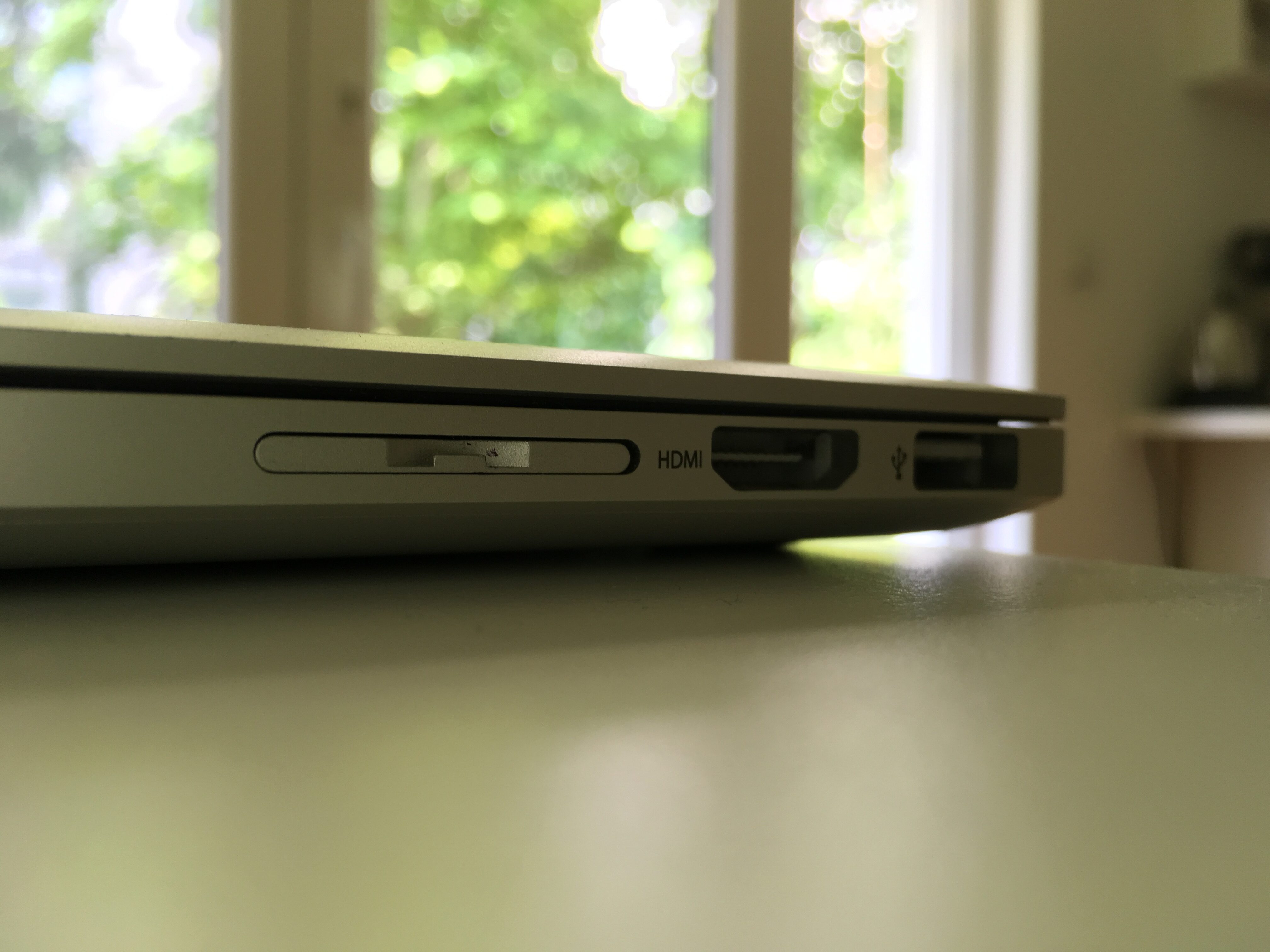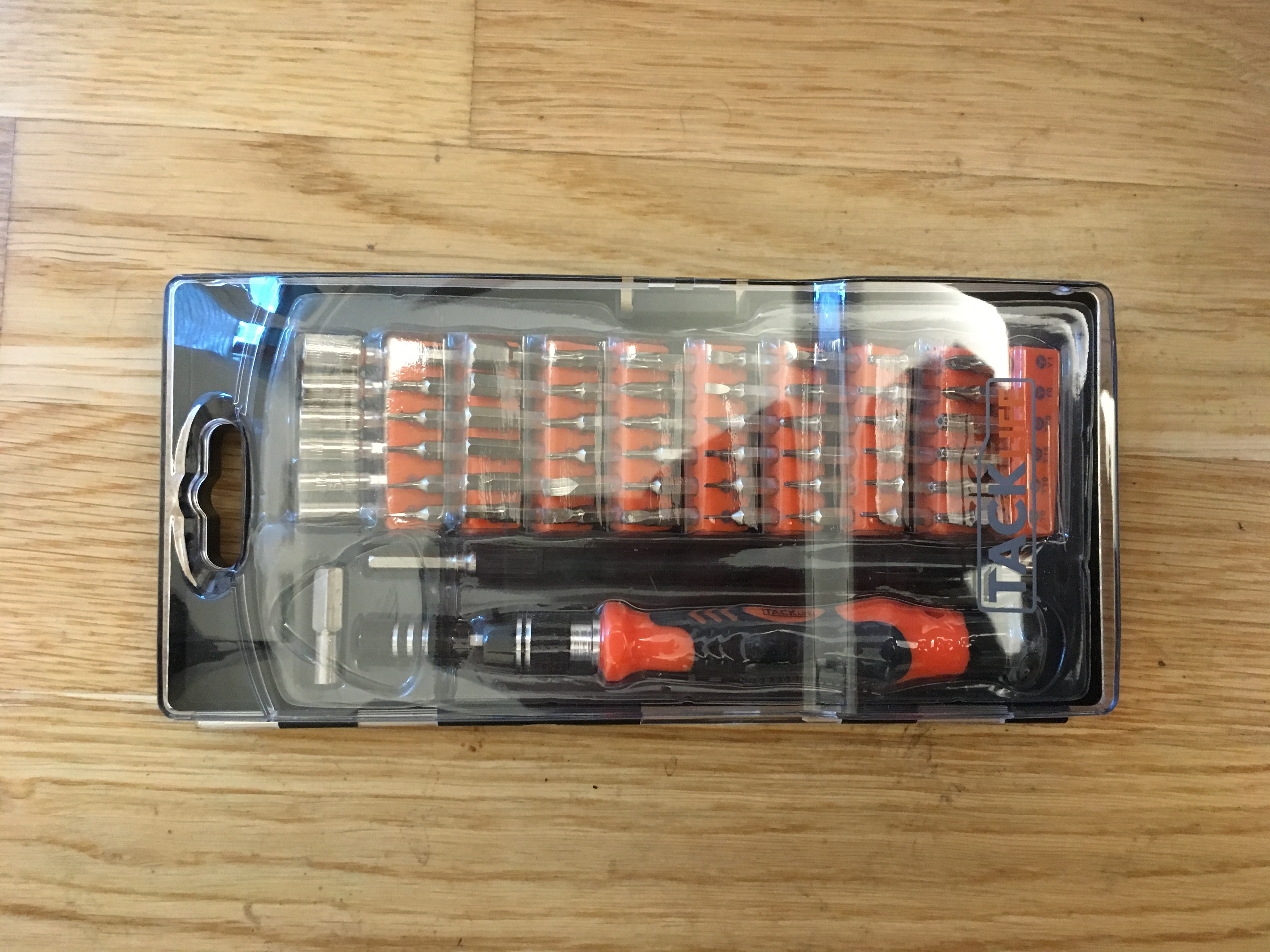Why I’m still using a MacBook Pro Late 2013 in 2019
Contents
Update: it is now June 2021 and I’m still using the MacBook Pro Late 2013
Update: it is now February 2022 and I’m still using the MacBook Pro Late 2013 after having changed the thermal paste for the CPU and GPU
I’ve started using Apple computers in 2008. Of all the Apple computers - and other computers - I’ve owned, the MacBook Pro Late 2013 is the one I’ve been able to keep the longest so far. The main reason that’s possible is because there are still a few ways to upgrade this Apple computer.

There’s a few reasons why I’m still clinging on to this model and don’t feel any need to upgrade to a later model:
- it still works after almost 6 years and is still powerful enough for the bulk of my work (thanks to some upgrades - more on this later). It can for example drive my 38″ Dell UltraSharp monitor at full resolution (3840×1600 @ 60 Hz).
- the new generation of MacBook Pros - up until the latest upgrade - didn’t really provide much more in terms of performance or memory (RAM, CPU, etc.)
- the new generation of MacBook Pros have a few design choices I’m not too fond of: the keyboard (that is known to break), the Touch Bar gimmick (removing haptic feedback on Esc and Function keys) and the connectors (everything has to happen through dongles)
Upgrading the MacBook Pro Late 2013
I’ve done a few upgrades to my MacBook Pro since I bought it and which have helped me to still stay satisfied with it.
Using the SD card slot for more storage

The first upgrade I’ve done was to extend the storage by getting a permanent SD card and use it as additional drive like this one. You can nowadays get 256 GB at 58 EUR. Make sure to get one that is designed for your model if you plan on doing the same. Sure, you loose the access to the SD drive, but it is possible to get the drive out when necessary. I only put data on it that I don’t need all the time to be able to do this without having any side-effects.
Battery replacement
The second upgrade I’ve done last year was to get a battery replacement as the battery life kept on declining after a few years of use. I got the replacement at the Apple Store in Vienna and it cost 209 EUR. Interestingly, since the battery is glued in some ways to the top case, that also meant getting a new keyboard (you cannot just replace the battery). Even if the old keyboard was still working properly, getting a brand new keyboard in the process was nice.
SSD replacement
The latest upgrade I’ve done is to replace the original SSD drive. There are a few options out there, I went with the OWC Aura 1 TB drive which goes for 271,90 EUR (excluding VAT). In this case the motivation was not so much to get more storage (although that’s a nice side-effect and you can get up to 2 TB of storage) but to get a faster speed. The replacement drive is 3,5 times faster in terms of read/write speed and this does make a significant difference in the day-to-day use.
You can get the drive with or without upgrade kit. The upgrade kit contains the two screwdrivers you’ll need to open the MacBook Pro and to unscrew the drive as well as an external case that can be used to hold the old drive. I ordered the drive at the european reseller of OWC and went for the option without the upgrade - I’m still pondering what to do with the old drive.

By the way, if you’re into taking things apart I recommend you get a kit that has adapters for all the Torx, Philipps and other types of screws out there. I got a set from TackLife a few years back which has not let me down so far (it seems to be currently unavailable on Amazon but there should be other sets like this).

Replacing the drive is quite simple and only involves unscrewing two types of screw - the ones of the back cover and the one screw holding the SSD drive.
You’ll need to create a boot USB drive with OS X Mojave on it (or one of the predecessors - but it needs to be recent to be able to support the new drive). I went for installing everything from scratch instead of restoring things from backup, to get a real clean installation.
Some final thoughts
I’m really quite happy that there’s a way to keep extending the lifetime of this generation of MacBook Pros, as I’ve seriously considered switching away from Apple as my portable computer due to the design of the new generation of MacBook Pros, if I ever have the need for more performance. Yet, Mac OS X is still the most ergonomic operating system I know of and when it comes to “getting things done” so this isn’t an easy decision to take.
Besides of the Mac I have two desktop Linux computers: a 8-core Intel Core i7-7700K 4200 with 32GB of RAM and a AMD Ryzen Threadripper 1950X with 64GB of RAM. This allows me to do performance engineering work and all kind of cluster-related experiments - the 16 (or 32 with hyperthreading) cores of the Threadripper are really nice.

A final thought - when it comes to getting new hardware, I think that we should be looking more and more into recycling existing hardware rather than getting new one. Clearly, this is not what tech companies want you to do (especially not Apple, I’d say), but there are ways to get really good performance out of existing hardware - and at a cheap price.
